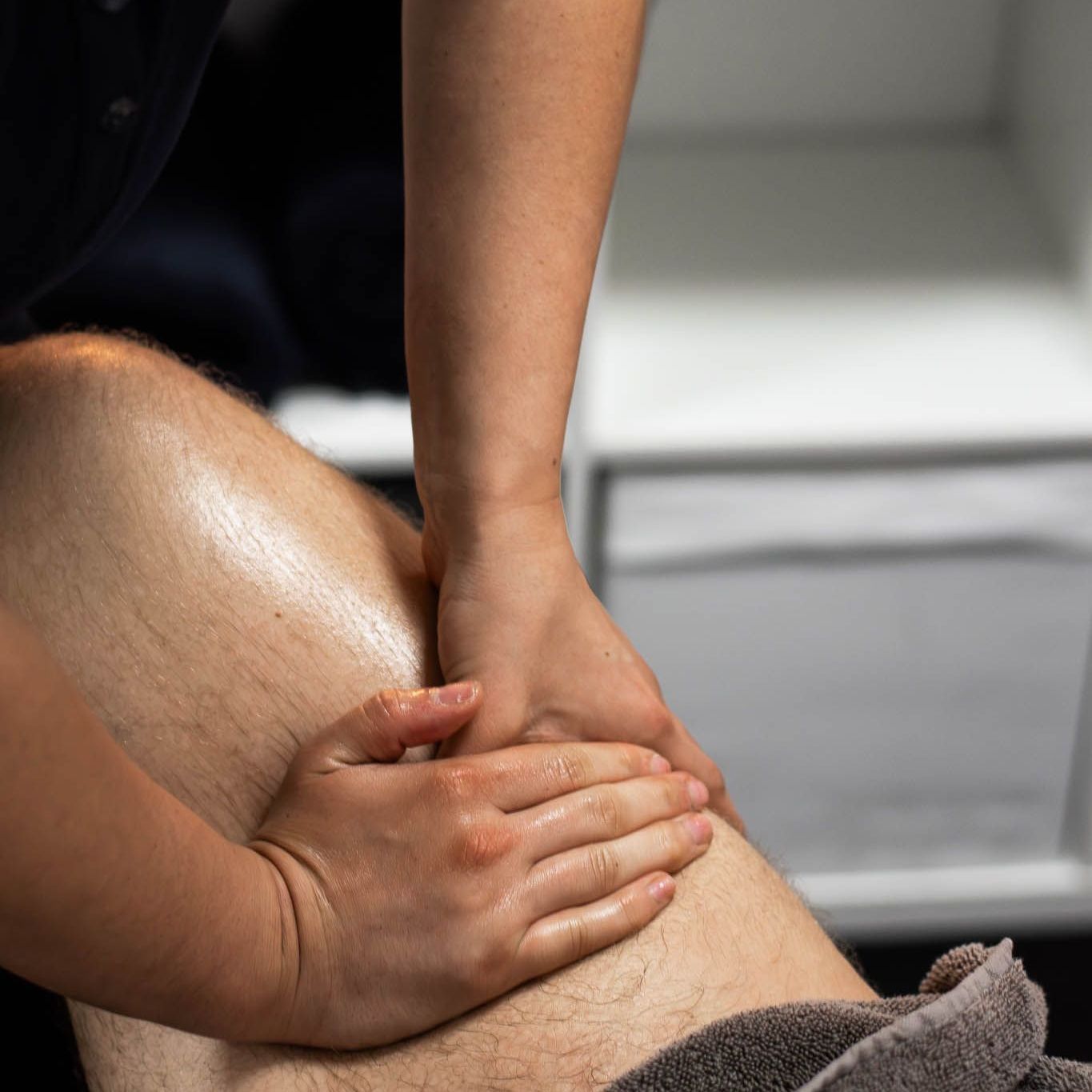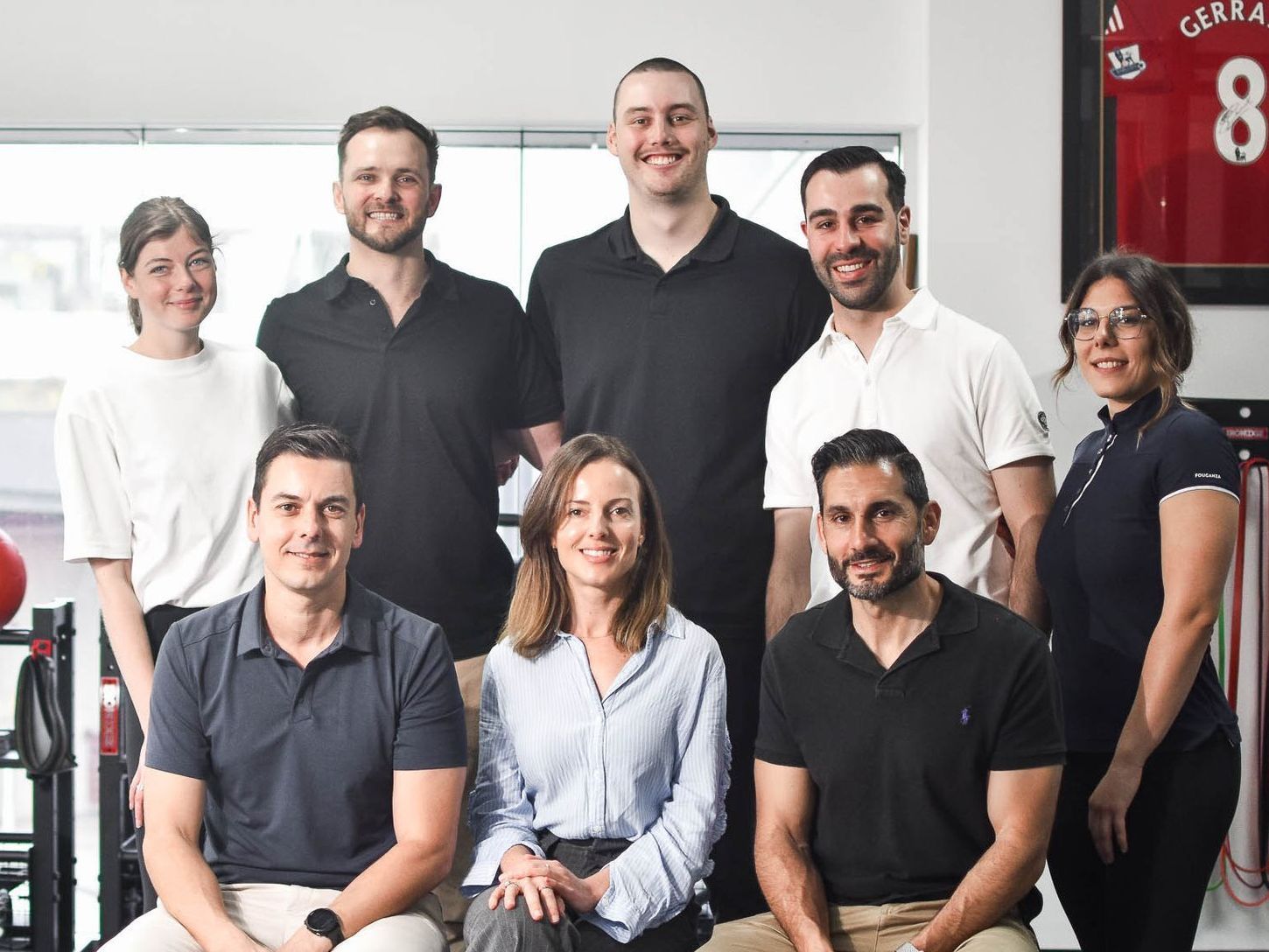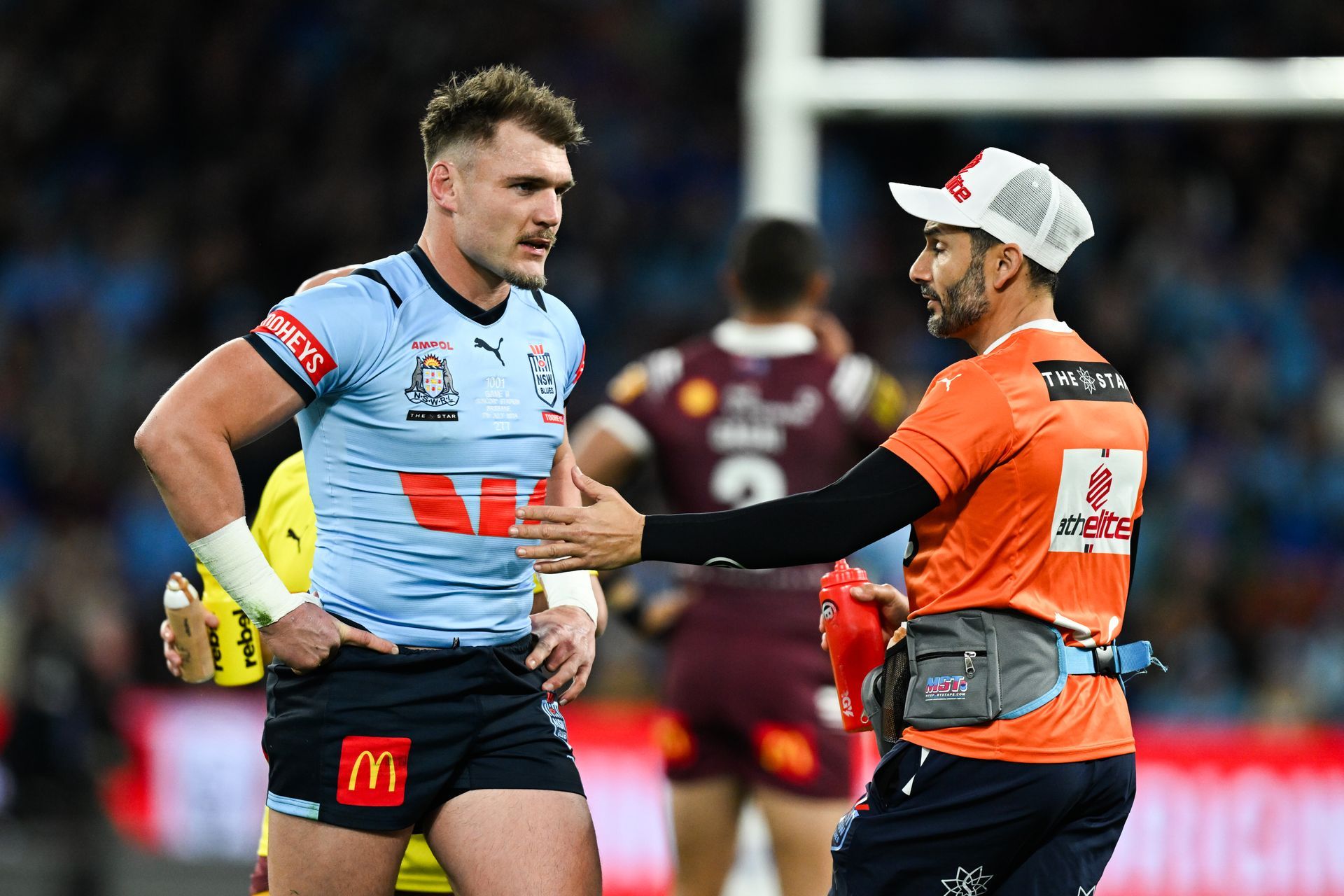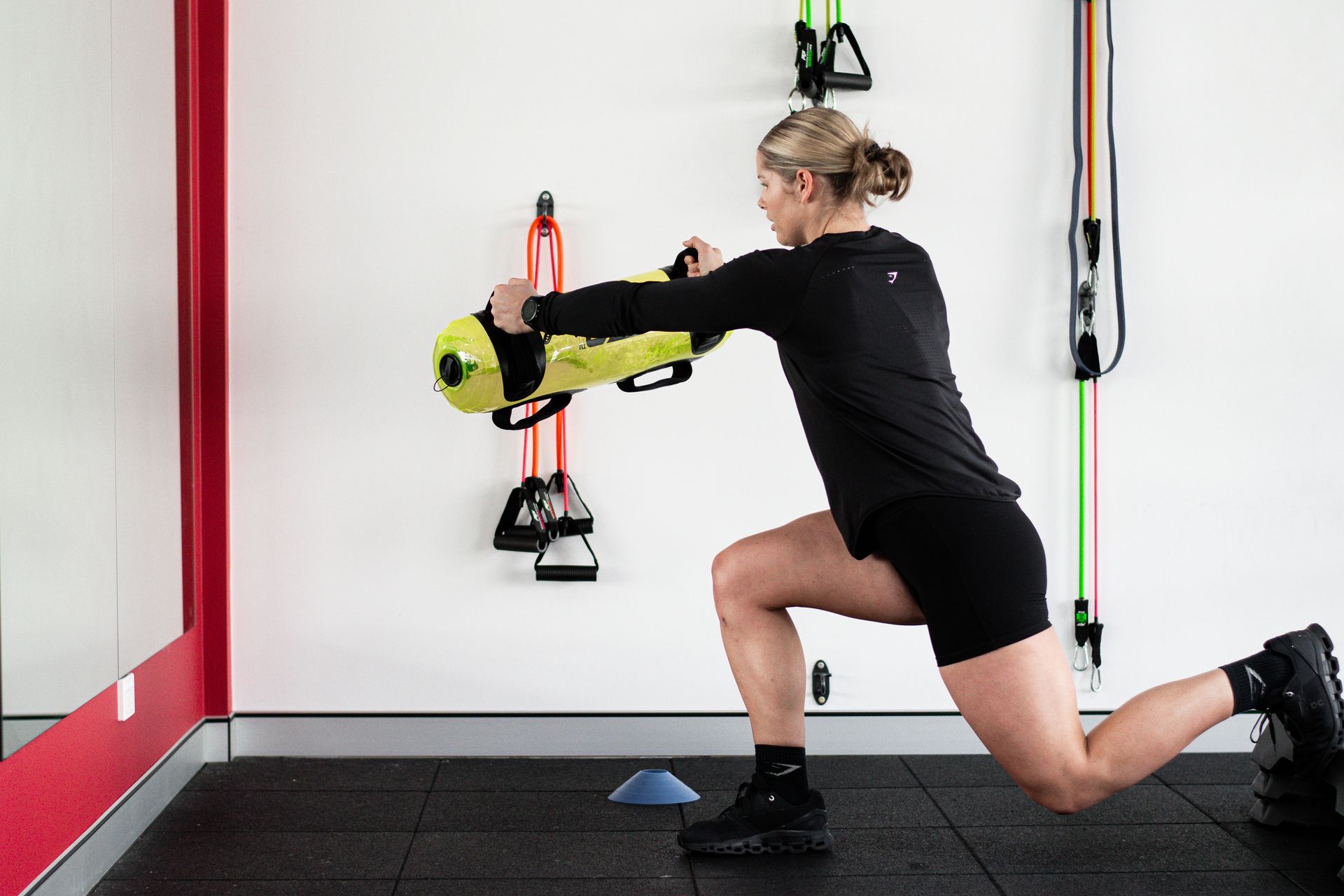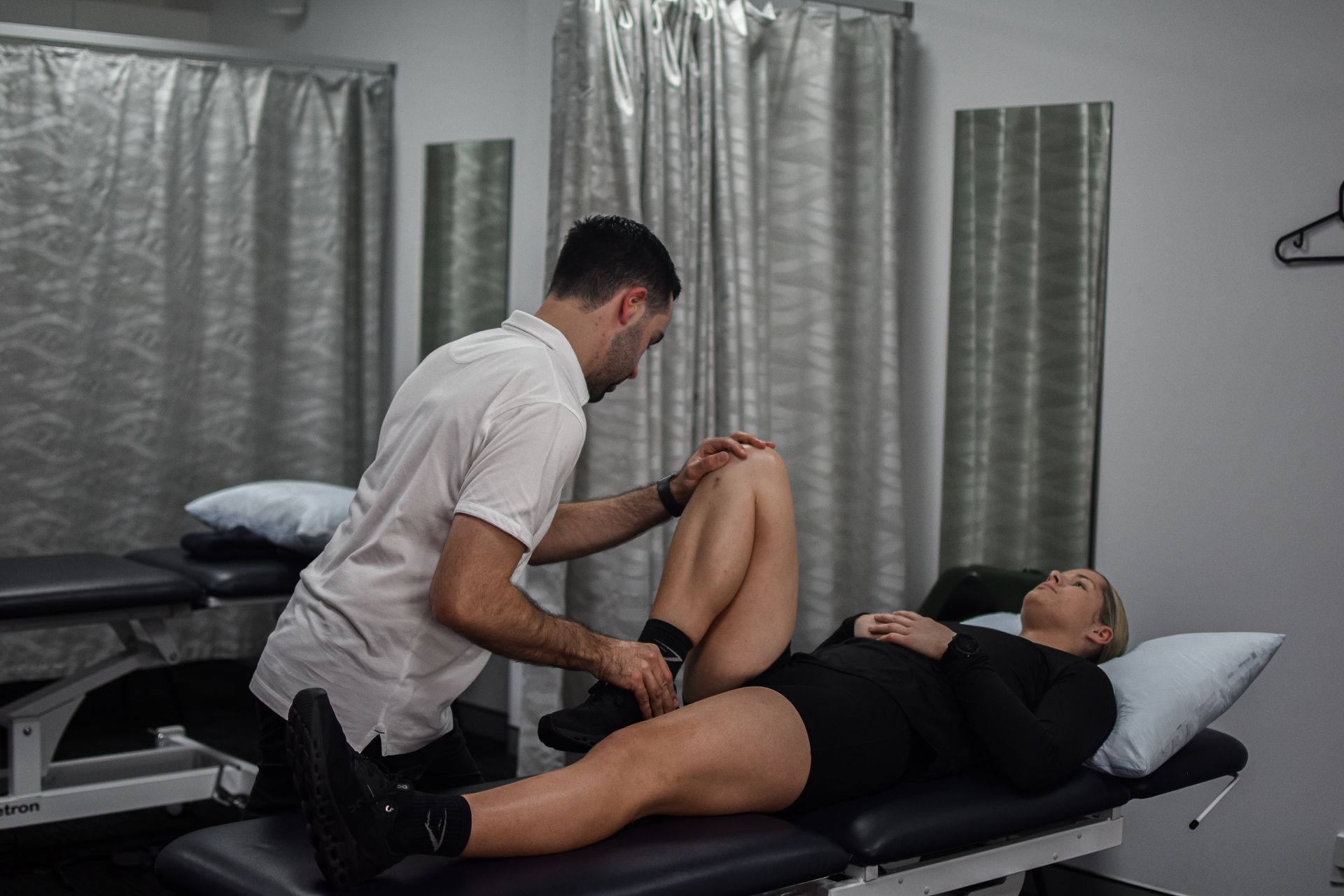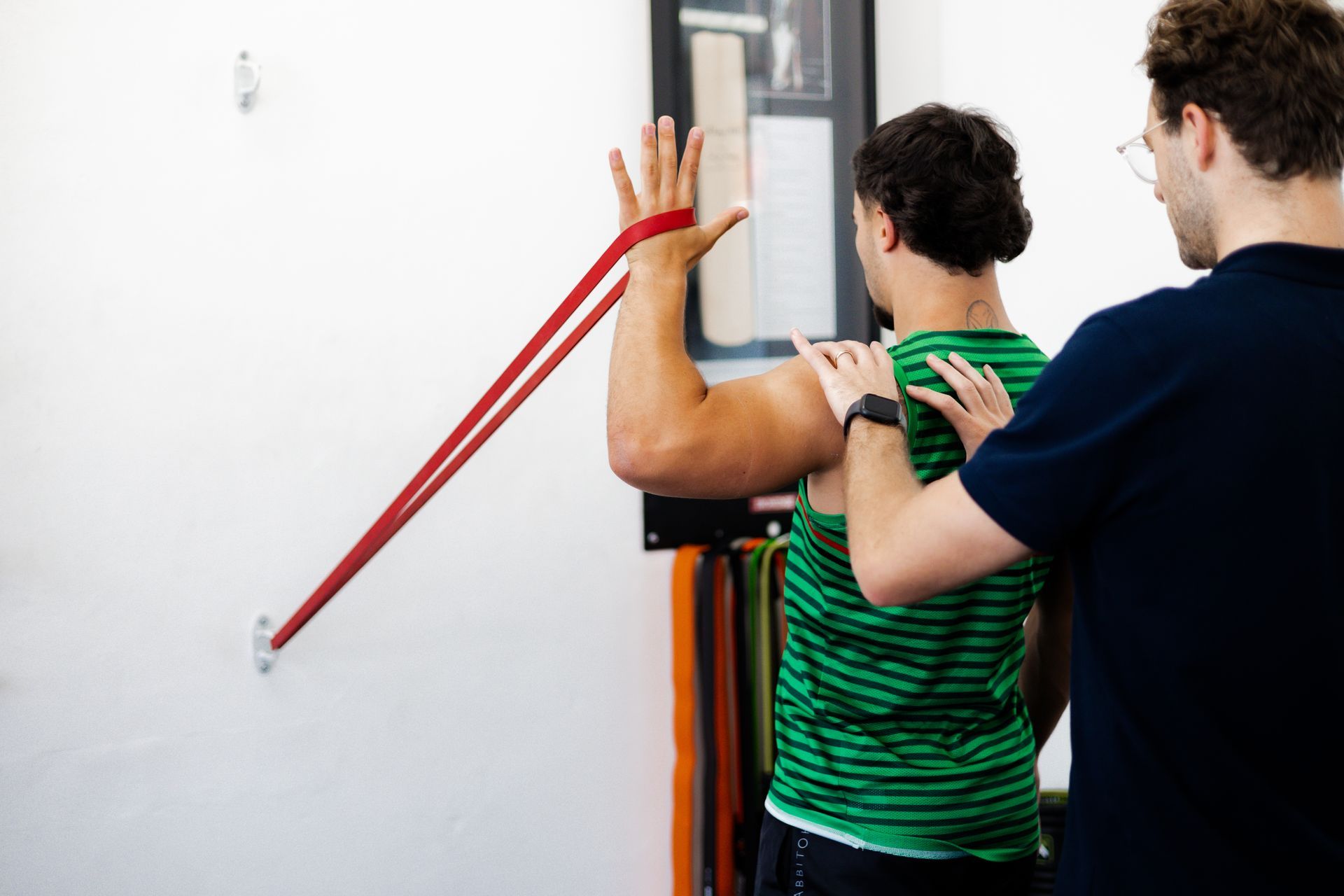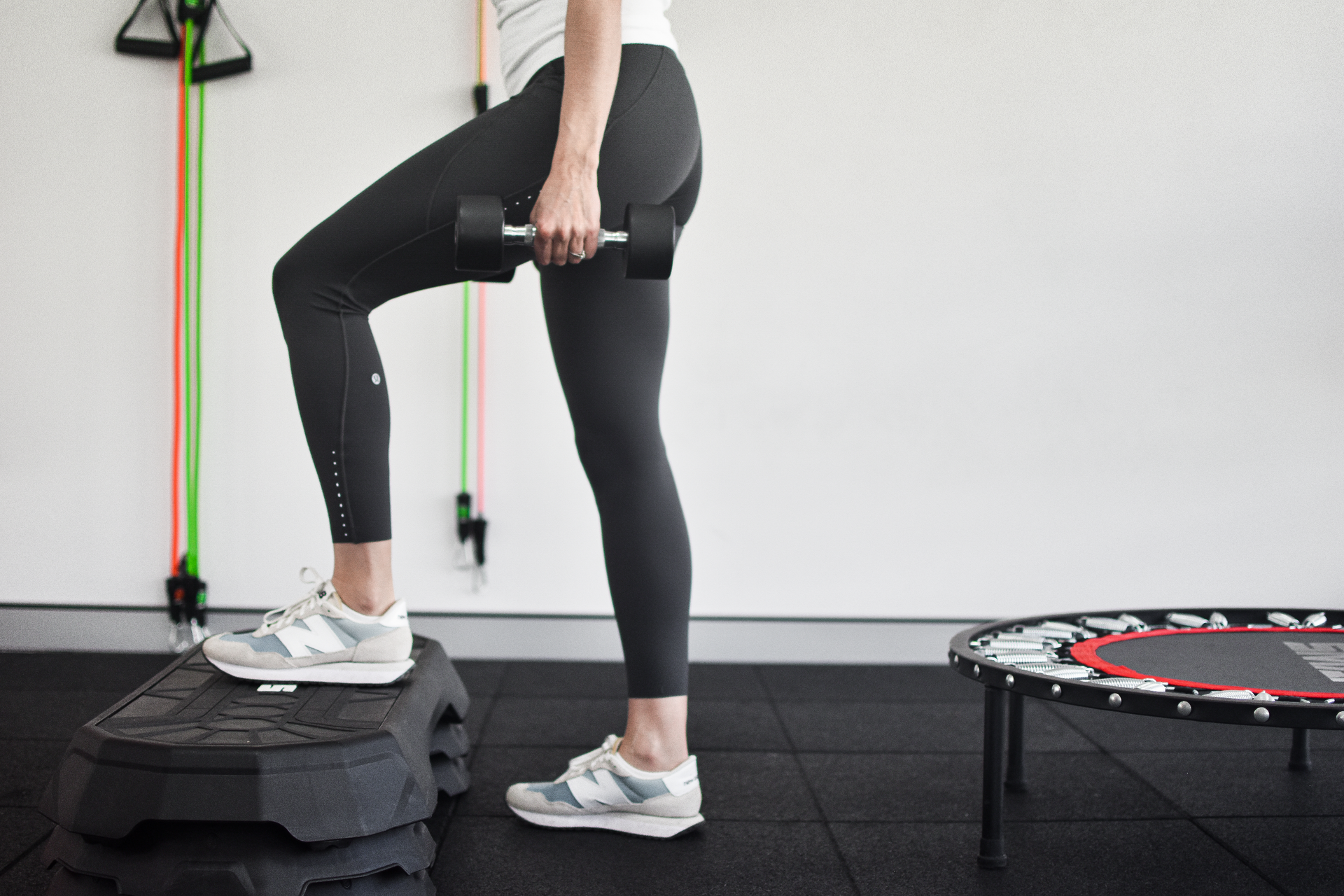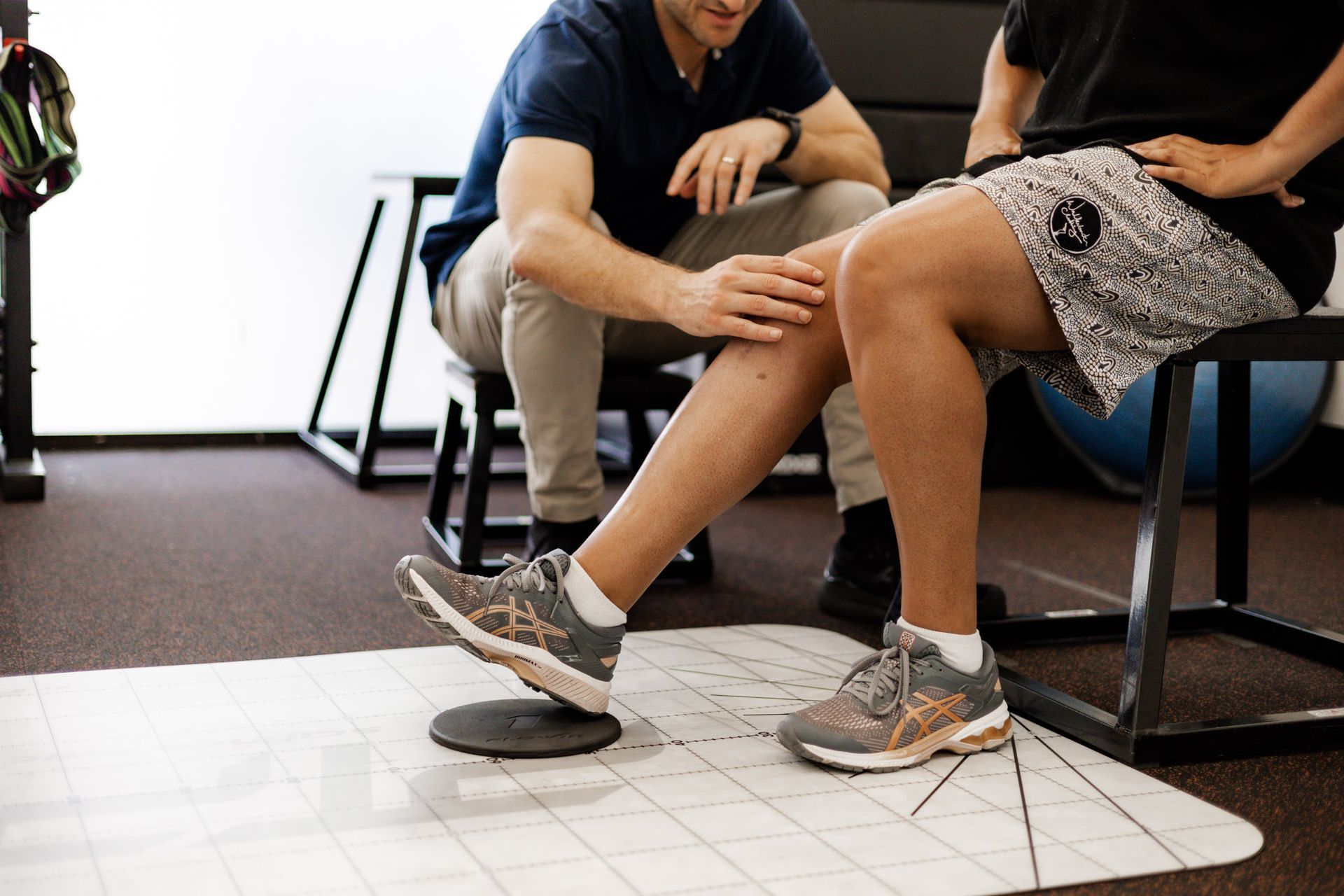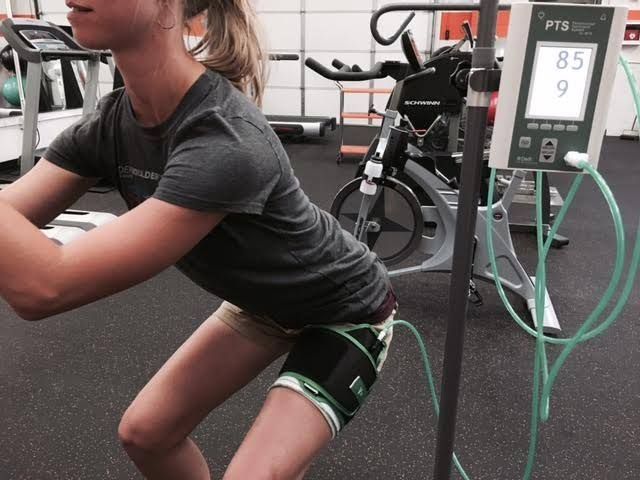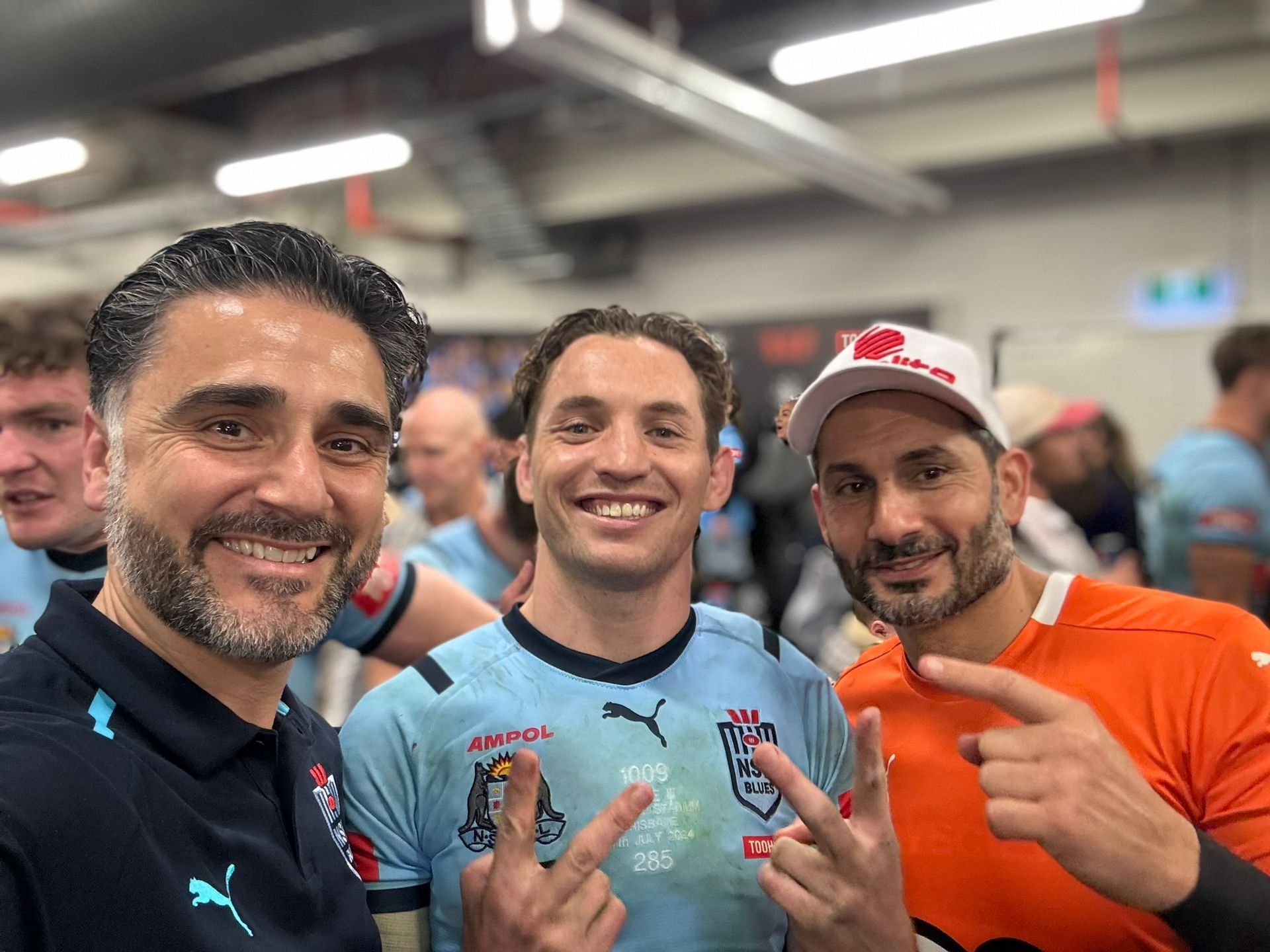Five Methods to Manage Plantar Fasciitis
Five Methods to Manage Plantar Fasciitis
BASED ON LATEST EVIDENCE
Plantar fasciitis (PF) is one of the most common causes of heel pain, particularly in runners, people who are overweight, and those whose jobs require prolonged standing. It is characterised by degeneration and microtears in the plantar fascia, a thick band of connective tissue that supports the arch of the foot. Patients typically report sharp, stabbing pain near the heel, often worse in the morning or after prolonged periods of inactivity.
This blog explores five gold-star management strategies based on recent systematic reviews and randomised controlled trials (RCTs), providing an evidence-based approach for exercise physiologists, physiotherapists and patients alike.
1. Calf and Plantar Fascia Stretching
Stretching remains one of the first-line treatments for PF, and recent literature continues to support its efficacy. A Cochrane review (2021) and several individual RCTs confirm that both calf muscle and plantar fascia-specific stretching improve pain and functional outcomes.
Stretching helps relieve tension on the fascia and improve dorsiflexion range of motion, which may reduce tissue stress during gait.
- Best Practice: Stretch the plantar fascia by pulling the toes back while seated (3 times/day, 3 reps of 30 seconds). Calf stretches against a wall should also be incorporated.
- Evidence: DiGiovanni et al. demonstrated superior outcomes with specific plantar fascia stretches over Achilles tendon stretching in patients with chronic PF.
A long-term stretching program (min 8 weeks) is more likely to yield sustained relief. Combining static and dynamic stretches into a morning routine can also improve first-step pain.
2. Foot Orthoses
Foot orthoses, whether prefabricated or custom, are effective in redistributing plantar pressures and reducing strain on the fascia. They are particularly useful for patients with flat feet or overpronation.
- Short-Term Benefits: Prefabricated orthoses have shown significant short-term relief in pain over 6–12 weeks, according to a 2022 meta-analysis in the Journal of Foot and Ankle Research.
- Long-Term Use: Orthotics should be used as part of a broader management strategy and not as a standalone solution.
A 2023 review indicated that although custom orthoses may offer slightly better long-term outcomes, they are not significantly superior to high-quality prefabricated options, making the latter a cost-effective choice. Many patients also benefit from combining orthotics with remedial massage or sports physiotherapy.
3. Shockwave Therapy (ESWT)
Extracorporeal Shockwave Therapy (ESWT) is increasingly used for chronic cases (symptoms >6 months) that have not responded to conservative treatment. It works by delivering mechanical energy to the affected area, promoting neovascularisation and stimulating tissue repair.
- Effectiveness: A 2020 systematic review found ESWT significantly improved both pain and function compared to placebo, especially when used alongside exercise therapy.
- Types: Radial and focused ESWT both have evidence, though focused shockwaves may penetrate deeper.
- Caveat: Multiple sessions are usually needed, and results may take several weeks to become noticeable.
Clinicians need to ensure appropriate patient selection - those with recalcitrant PF and failed conservative care are the best candidates.
4. Low-Dye Taping and Kinesiology Taping
Taping techniques, particularly Low-Dye taping, are effective short-term interventions to reduce load on the plantar fascia and alleviate pain. Kinesiology taping is less rigid but still provides some support and proprioceptive feedback.
- Application: Taping is most beneficial during high-load periods (e.g., work shifts, sports participation).
- Research: A 2021 systematic review confirmed temporary improvements in pain scores with taping lasting up to 7 days.
Taping can also act as a diagnostic tool - if patients improve significantly, it indicates load reduction strategies will be effective.
Many patients combine taping with massage or physiotherapy services such as those available in Marrickville, Surry Hills, or Redfern to support plantar fasciitis recovery.
5. Foot Intrinsic Muscle Strengthening
The role of the foot's intrinsic muscles in maintaining arch integrity is increasingly recognised. Strengthening these muscles reduces overload on the fascia and improves dynamic foot control.
- Exercises: Include towel scrunches, marble pickups, toe spreads, and short-foot exercises.
- Evidence: A 2023 RCT found that intrinsic foot strengthening improved arch height and pain scores when added to traditional treatment.
Progression from isometric holds to dynamic balance challenges (e.g., single-leg stance with perturbation) can further enhance outcomes. Many sports physios combine this with Pilates-based physiotherapy or tailored exercise programs.
Integrative Treatment Planning
The most effective treatment plans combine several of the above strategies and adapt based on symptom chronicity, patient activity levels, and comorbidities (e.g., diabetes, obesity).
Here's a suggested 8–12 week plan:
- Weeks 1–4: Emphasise stretching, taping, & education on load management.
- Weeks 4–8: Introduce strengthening and orthoses. Consider ESWT if pain persists.
- Weeks 8–12: Progress strengthening, reduce reliance on passive supports.
Rehabilitation should also address proximal control. Weakness in the glutes or poor single- leg mechanics can perpetuate excessive pronation. Physiotherapists and exercise physiologists can assist in assessing these movement patterns.covery.
Additional Considerations
- Load Management: Gradually return to high-impact activities. Use pain as a guide.
- Footwear: Supportive shoes with arch support and cushioning are essential.
- Manual Therapy: Soft tissue release of the plantar fascia and calf muscles can complement active therapy. Massage services in areas such as Marrickville, Redfern, or Alexandria are often used in conjunction with physiotherapy.
- Education: Address beliefs about pain—fear avoidance and catastrophizing are associated with worse outcomes.
While no single treatment works universally, a tailored plan incorporating stretching, orthoses, strengthening, and possibly shockwave therapy can significantly reduce symptoms and restore function. Early intervention, patient education, and combined care from physiotherapists and exercise physiologists are key to preventing chronicity and recurrence.

